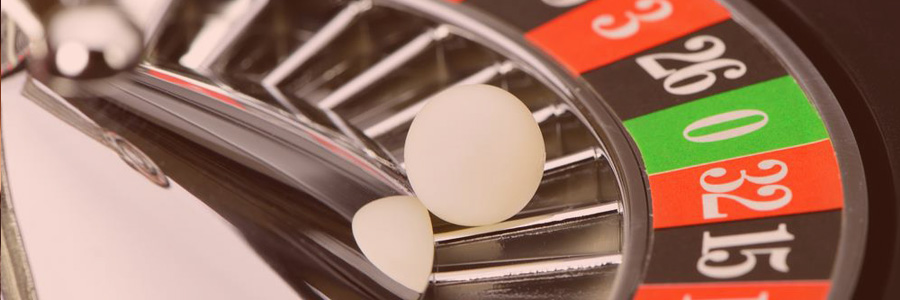How to eliminate or limit the “tax 0”

The zero is unquestionably the first enemy of roulette players.
This green box of the roller, in the French, American, English and even Mexican roulette, can make your gains decrease or can make you lose all of them.
With the simple chances in particular, the zero reduces you bet to half: that is why we talk about the “tax 0” which takes up part of what you win playing roulette. Here you can find some tricks to better manage with the negative impact of the zero, or even remove it completely.
Differential game method – to remove the “tax 0” In roulette
We speak about “differential game strategy” to do something against the zero. It is a strategy of the roulette game which must be applied on two opposite simple chances. For example, we could take into account the Red and the Black.
The principle of the game is simple: leave two players play and use their game if they bet on an opposite simple chance.
Let’s take a concrete example to better understand how the differential game works.
In our example, we take into consideration two players who used the Wells betting system (consisting in betting an additional unit in case of loss and in lowering of a unit in case of win) with a starting bet of 5 units on a Red and Black opposite simple chance.
The first turn
The player number 1 has bet 5 units on Black, while the player number 2 has bet 5 units on Red, on the fictional game. In the real game, it is essential to take into consideration the difference between the red bet and the black one in order to evaluate the results and the gains available on the carpet.
The croupier announces Black as the winning colour. Player number 1 wins while player number 2 loses. Betting on these two players, you do not lose anything.
The second turn
According to the Wells theory, player n.1 bets 4 units on Black and player n.2 bets 6 units on Red.
The croupier announces Red as the winning colour. Betting on these two players, you win 2 units.
We suppose that the zero has come out in the tenth turn in our example. Player n.1 would have lost half of his/her bet, 2 units. Similarly, player n.2 would have half of his/her bet, 3 units. Betting on these two players, you would lose 3+2=5 units.
With the differential game technique, you do not play the first turn since the bet difference is 0. During the second turn, the difference of bet between the two players is 2 (6-4). You bet therefore 2 units on Red and you win two units if the Red comes out.
Supposing that the zero has come out in the tenth turn with the differential game. You would lose half of your bet or 1 units (which would be 5, without the differential game technique).
 UK
UK AU
AU US
US CA
CA


















